Huawei is increasingly sourcing smartphone components in China. A teardown of the Mate 60 Pro by Nikkei and research firm Fomalhaut Techno Solutions found that 47% of the components (by value) are sourced domestically—up from 18% on the model three years ago, according to analysis by the Nikkei newspaper and the research firm Fomalhaut Techno Solutions.
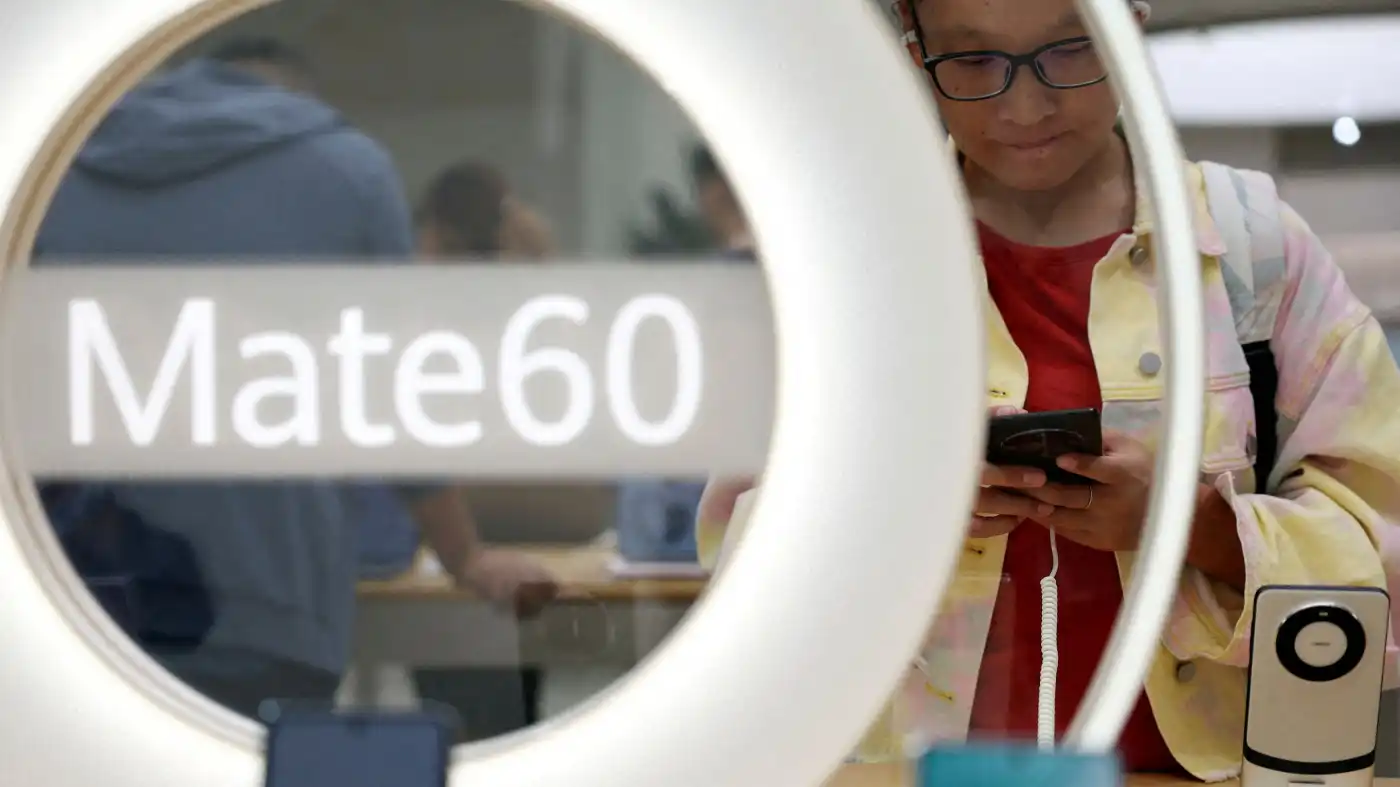
Huawei announced the Mate 60 Pro in August 2023 for the domestic market. The manufacturer of each component is identified along with the cost ratio.
Nikkei noted that China has made rapid technological advances, including in semiconductors using 7nm manufacturing technology, since the US tightened export restrictions on advanced equipment and software in 2019.
Fomalhaut estimates the total cost of Mate 60 Pro components at $422. In terms of market share by country, China leads with 47%.
The increase in Chinese component market share is largely due to Huawei switching suppliers of organic light-emitting diode screens – the most expensive part of a phone – from South Korea’s LG Display to fellow Chinese technology group BOE.
BOE is making inroads into the smartphone display market dominated by LG and Samsung Electronics. While the company is assured of quality, it lags in mass production capacity.
The touch panel components for the Mate 40 Pro are supplied by Synaptics (USA), but the Mate 60 Pro is from China. The value of the Chinese-made components for the Mate 60 Pro totaled $198, an increase of about 90% compared to the Mate 40 Pro.
After its release, market observers speculated that the Mate 60 Pro would be 5G-compatible and feature Chinese-made semiconductors using 7nm technology.
Previously, they were only produced by major chipmakers in Taiwan, South Korea and the US. The 5nm semiconductor used in the Mate 40 Pro was designed by Huawei's HiSilicon but manufactured by TSMC (Taiwan).
Fomalhaut concluded that the Mate 60 Pro uses a 7nm chip designed by HiSilicon and manufactured by Chinese semiconductor giant SMIC.
SMIC is said to have used older equipment that is not subject to US export restrictions for semiconductor lithography, a key step in the manufacturing process.
iPhone was the first smartphone to feature a 7nm chip in 2018.
“People said China's technology would be seven years behind, but surprisingly they caught up in five years,” said Fomalhaut CEO Minatake Kashio.
The market share of Japanese components in the Mate 60 Pro was 1%, down from 19% in the Mate 40 Pro. Huawei changed its camera image sensor supplier from Sony to Samsung. The market share of Korean components increased by 5 points to 36%.
(According to Nikkei)

Source





![[Photo] National Assembly Chairman Tran Thanh Man attends the Policy Forum on Science, Technology, Innovation and Digital Transformation](https://vstatic.vietnam.vn/vietnam/resource/IMAGE/2025/4/13/c0aec4d2b3ee45adb4c2a769796be1fd)
![[Photo] National Assembly Chairman Tran Thanh Man attends the ceremony to celebrate the 1015th anniversary of King Ly Thai To's coronation](https://vstatic.vietnam.vn/vietnam/resource/IMAGE/2025/4/13/6d642c7b8ab34ccc8c769a9ebc02346b)
![[Photo] Prime Minister Pham Minh Chinh chairs the Government's special meeting on law-making in April](https://vstatic.vietnam.vn/vietnam/resource/IMAGE/2025/4/13/8b2071d47adc4c22ac3a9534d12ddc17)


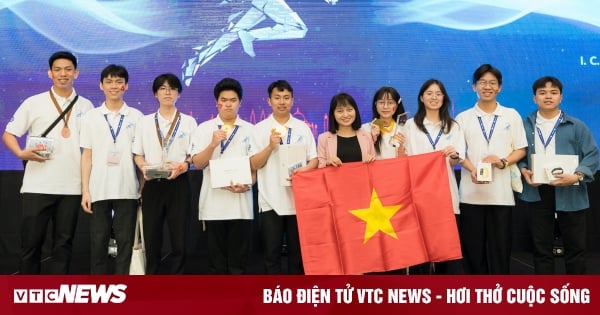

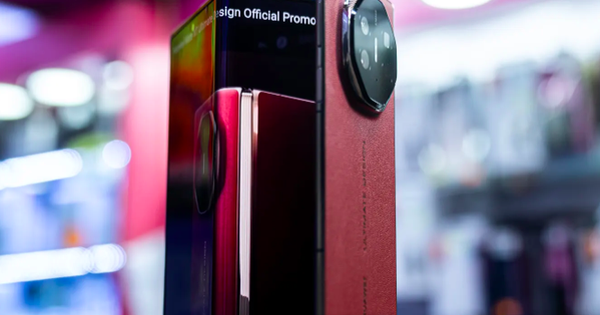


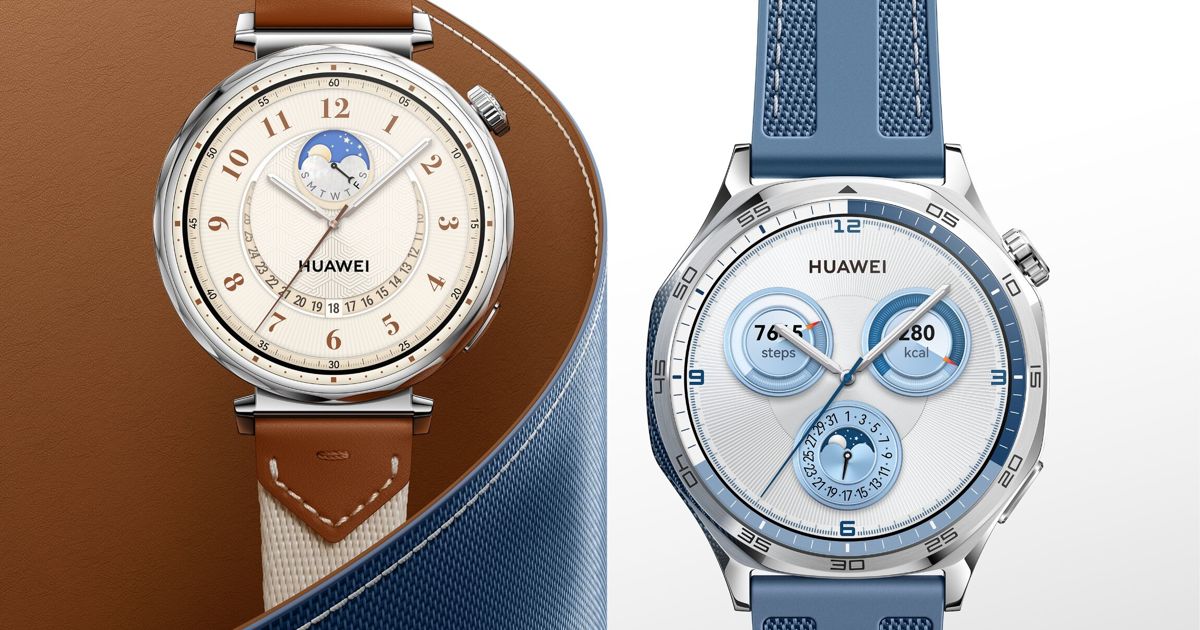




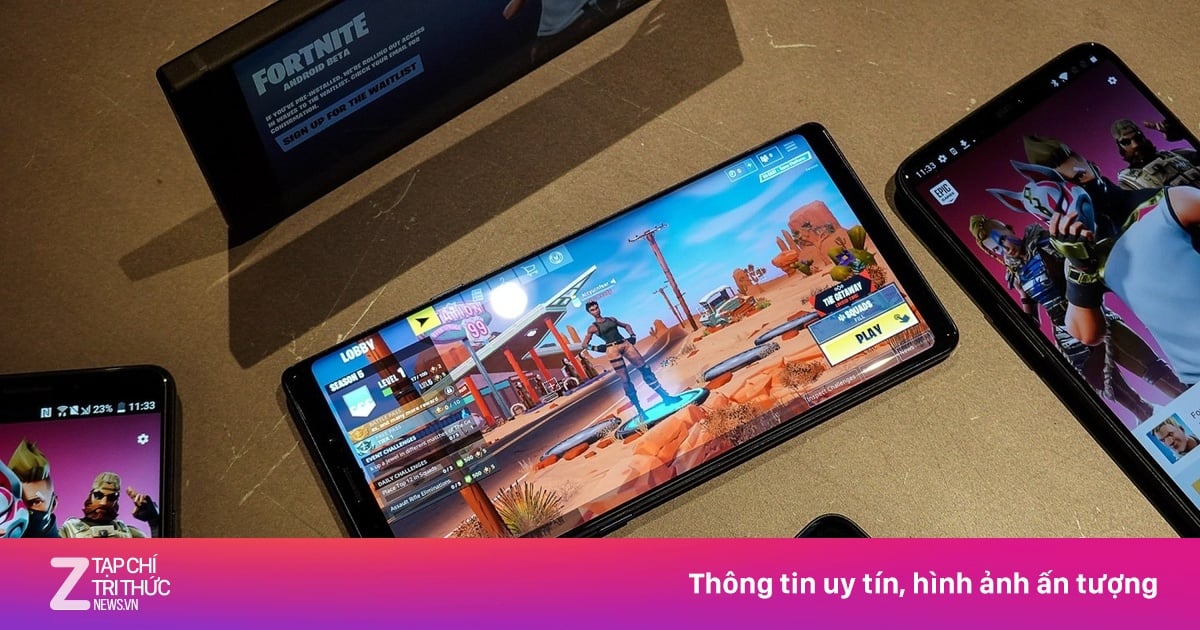
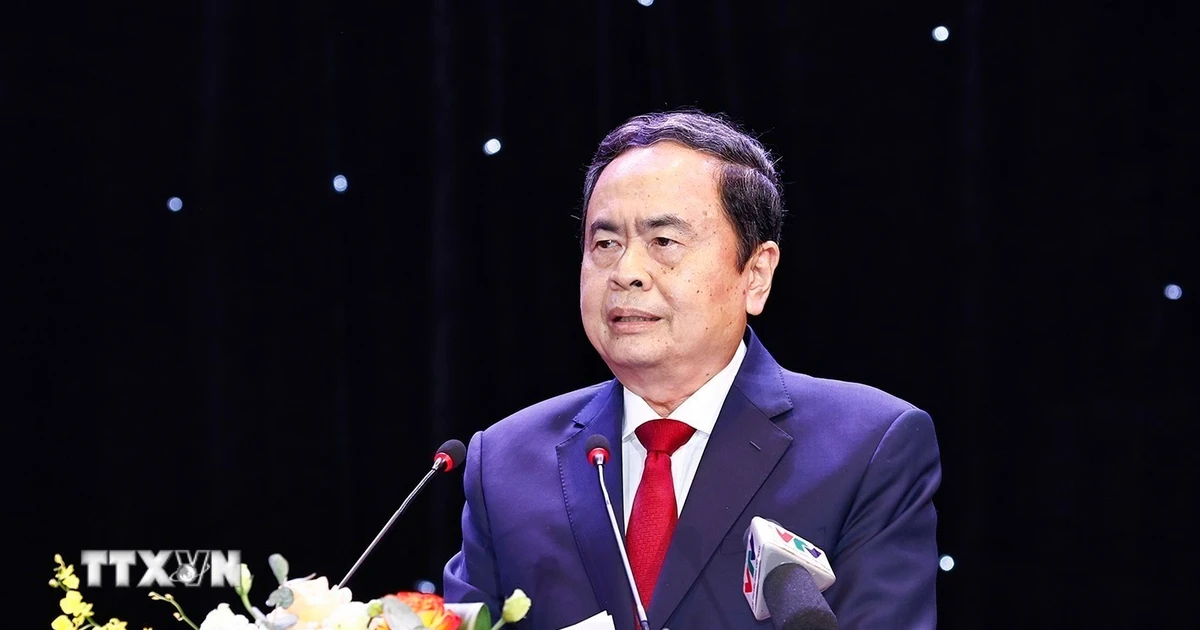

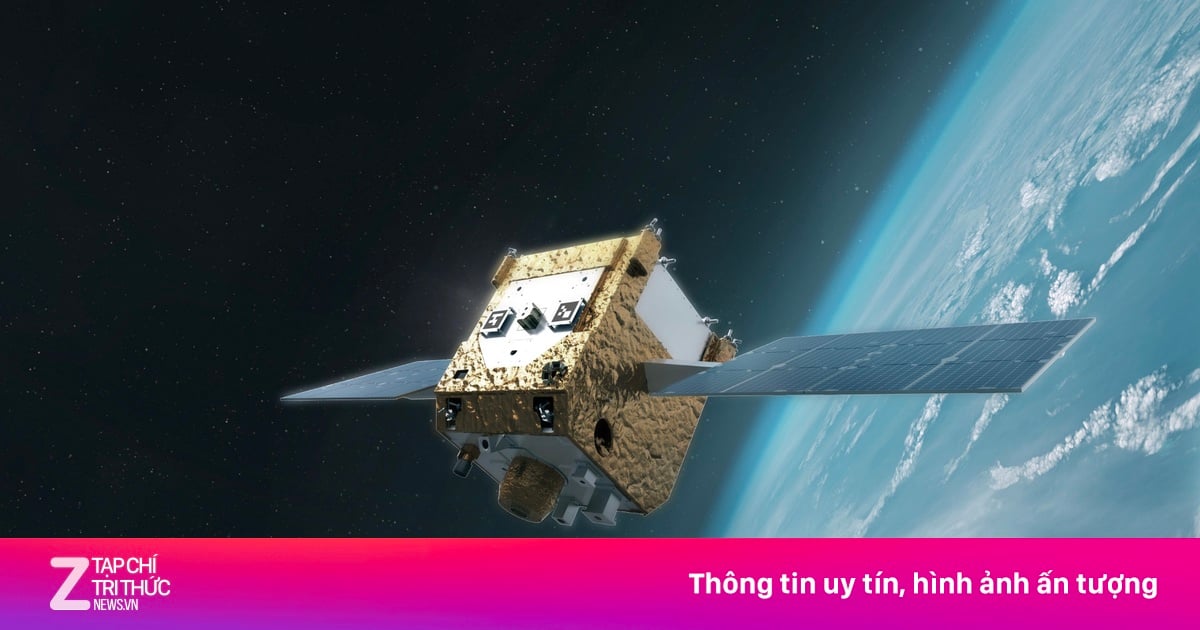



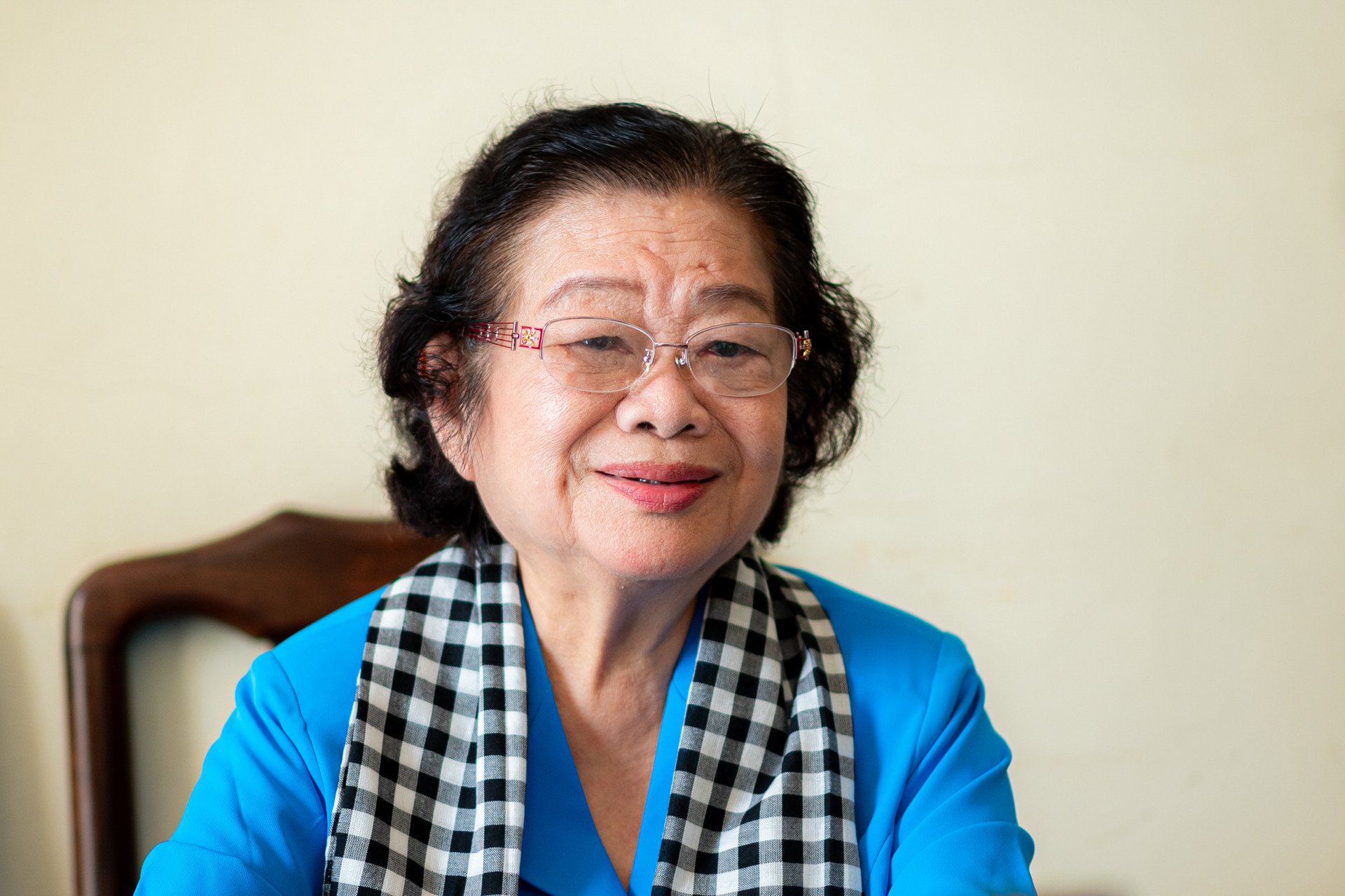

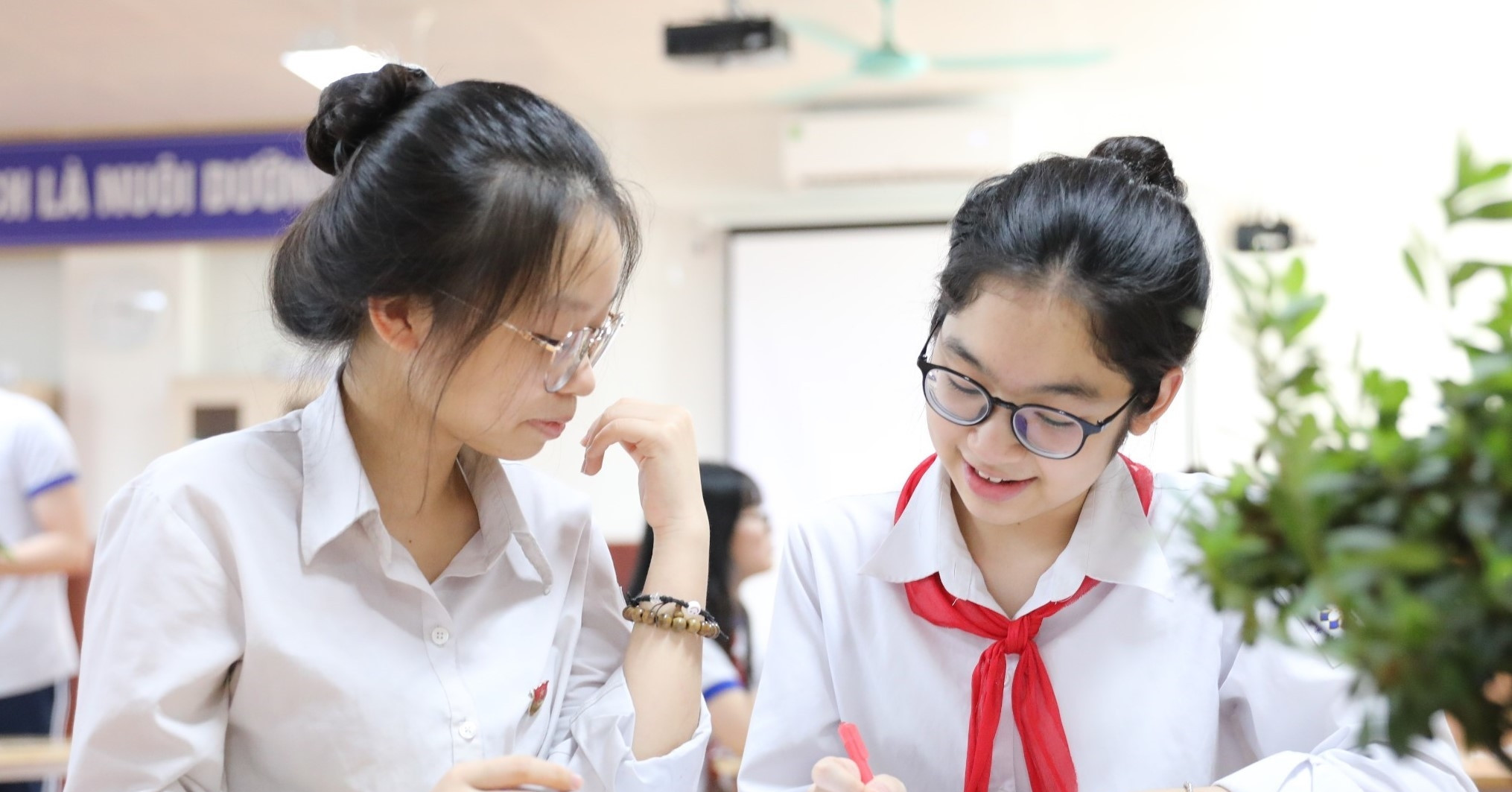














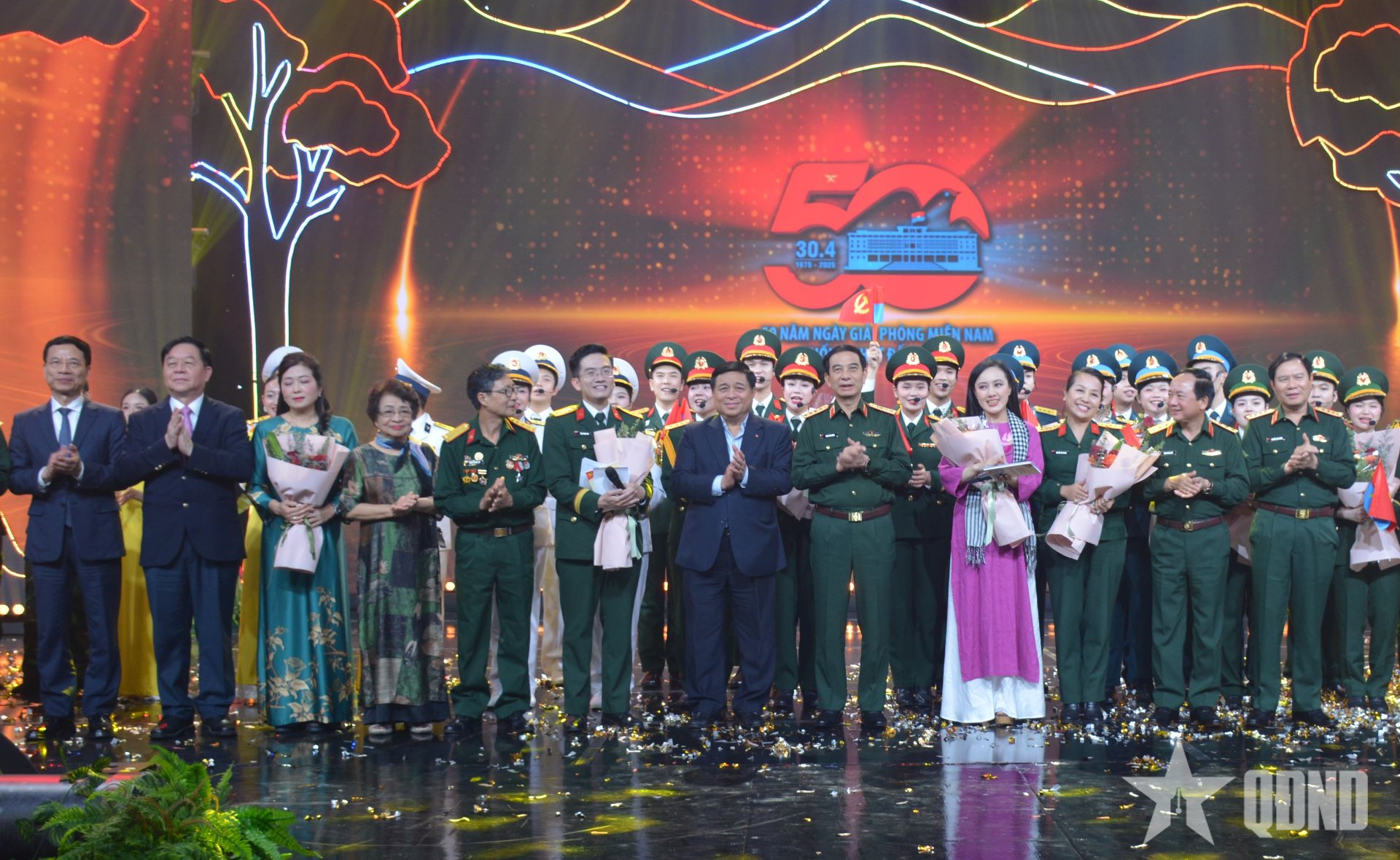

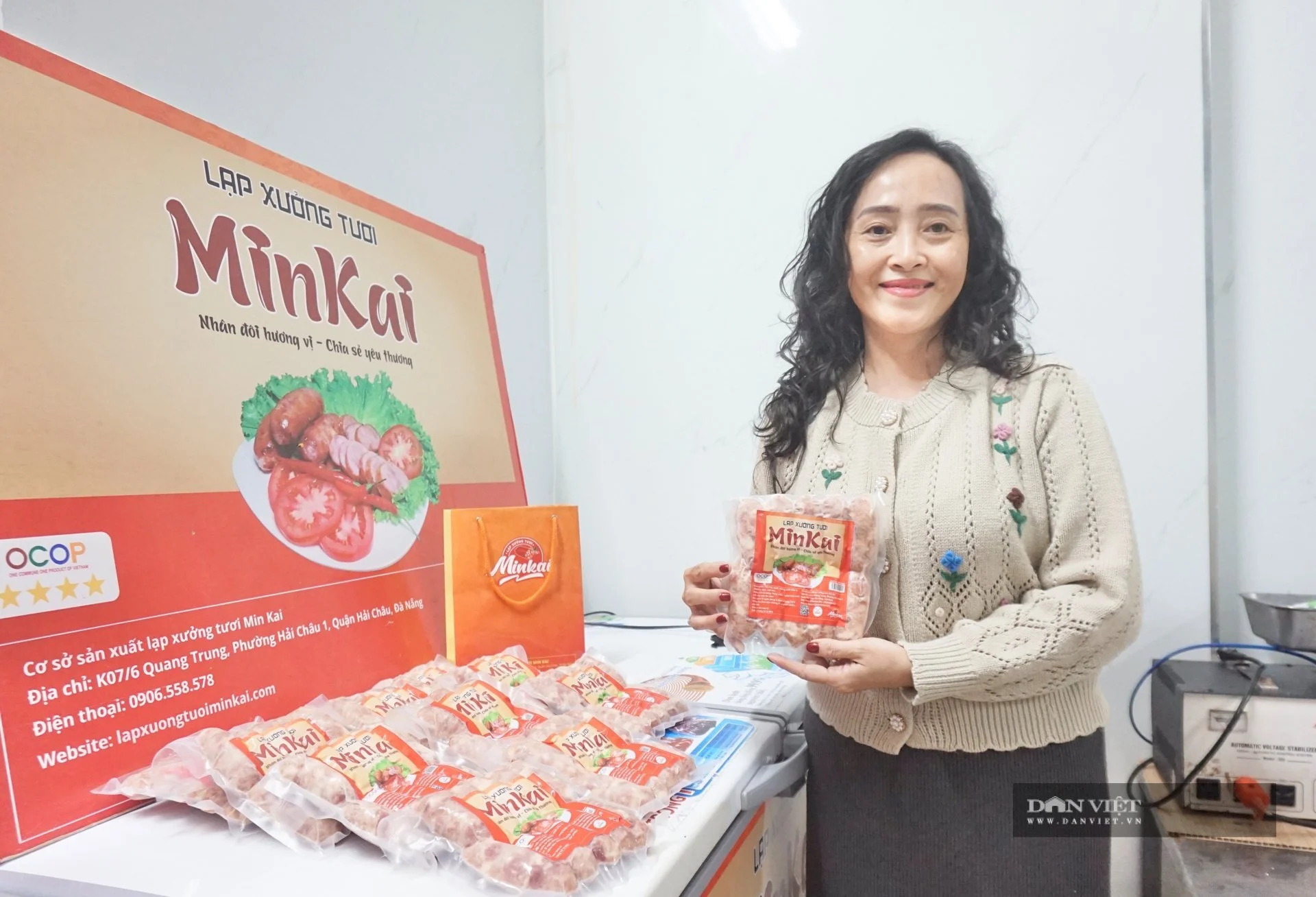













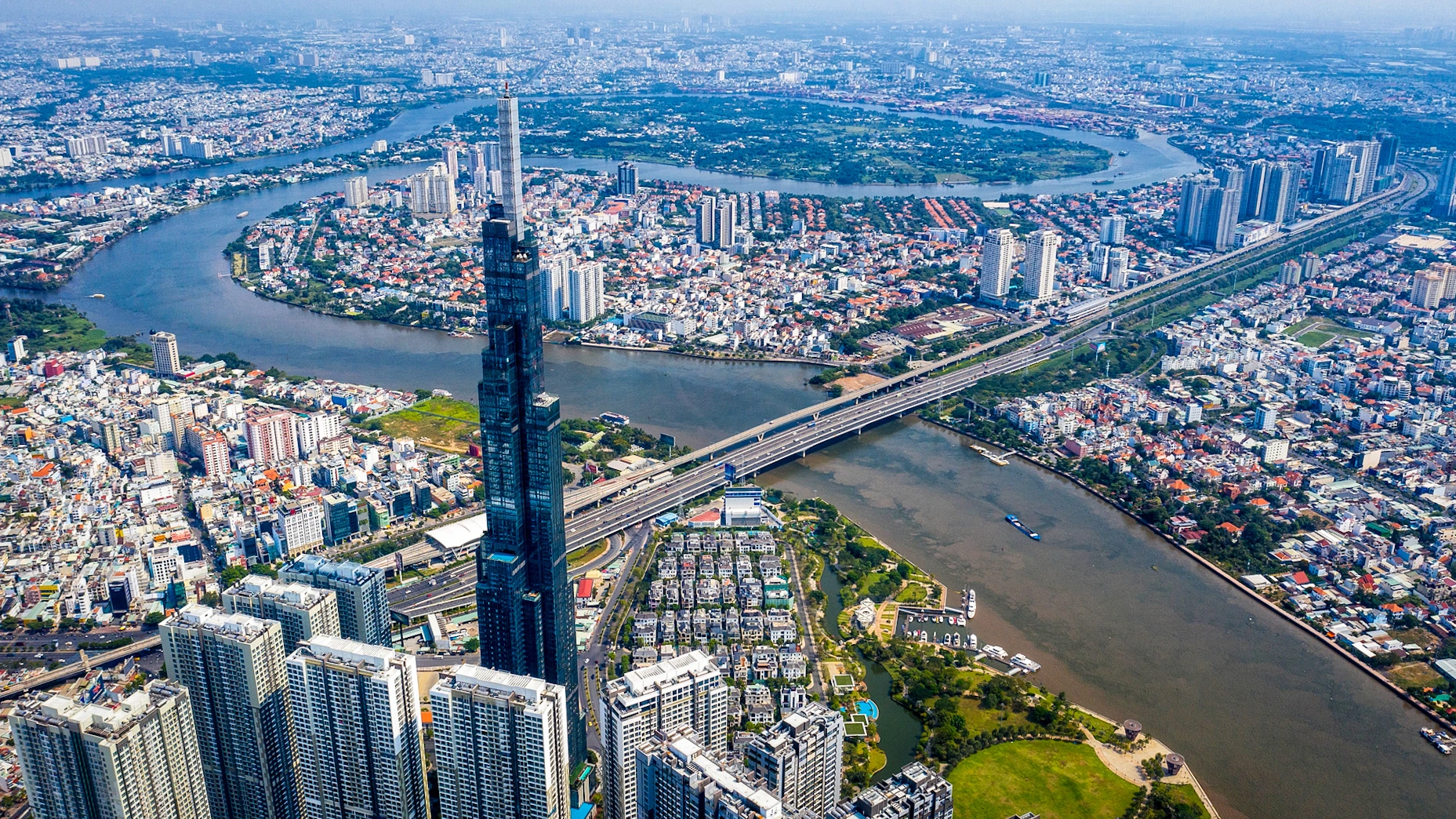









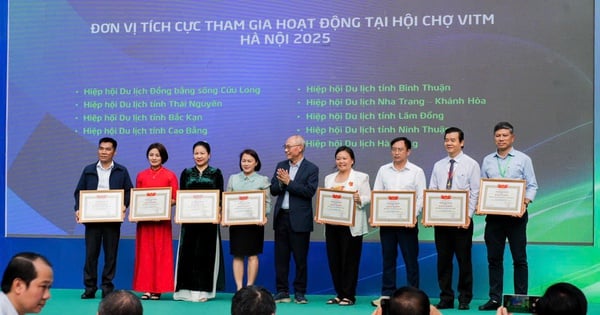







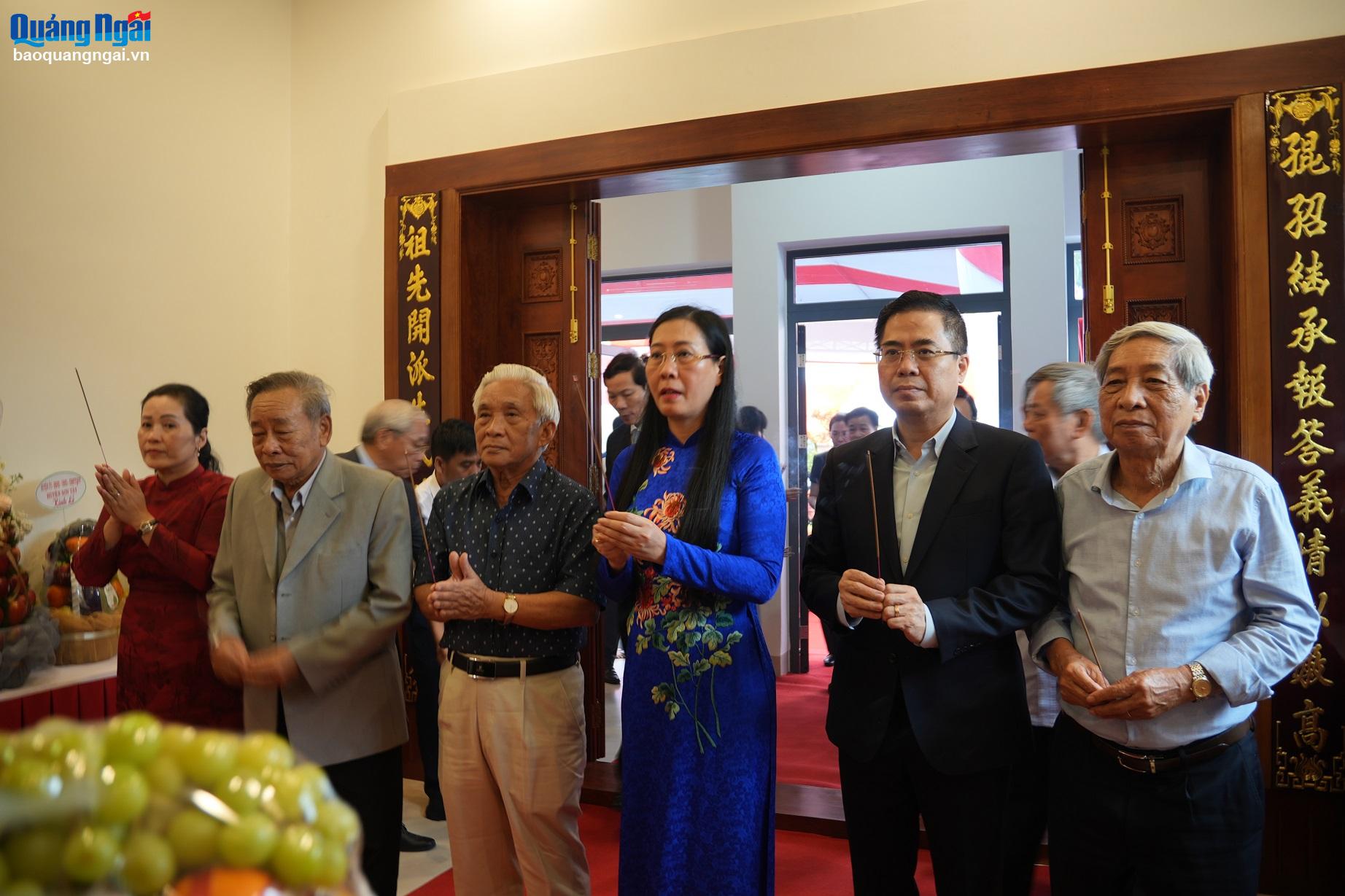
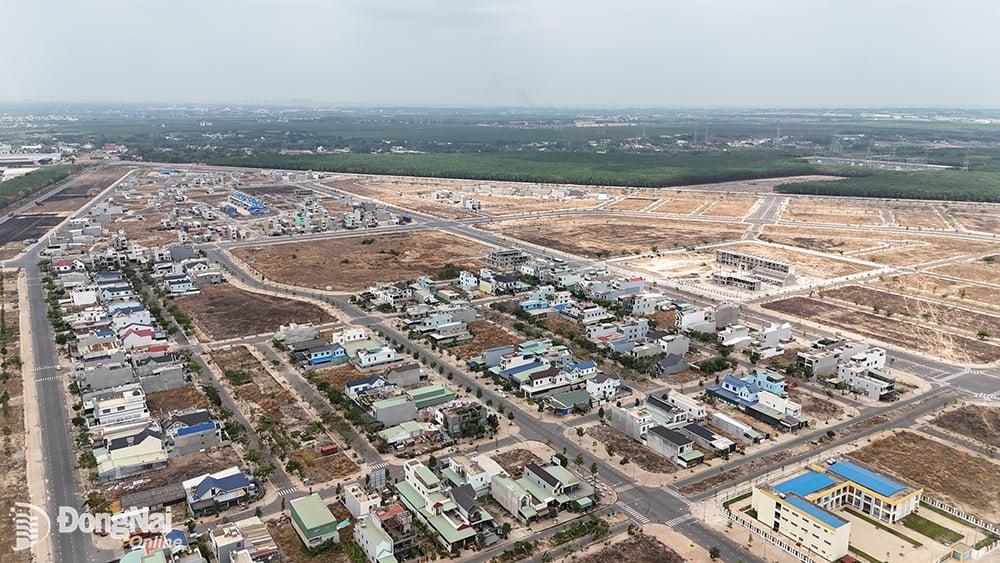

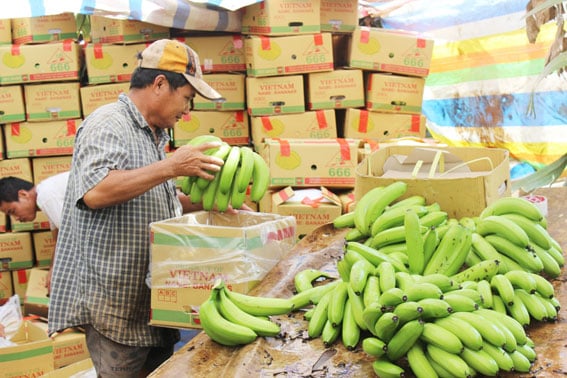











Comment (0)